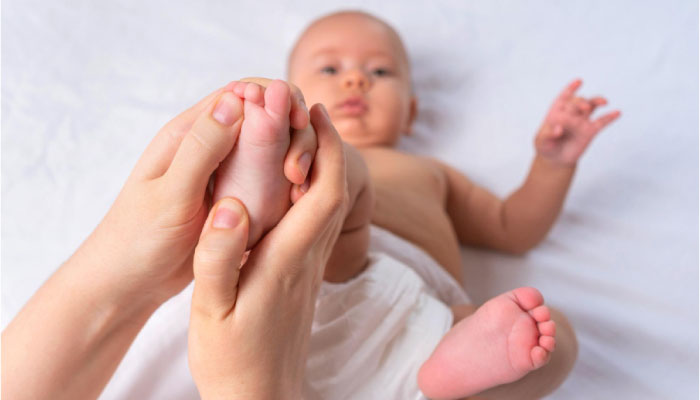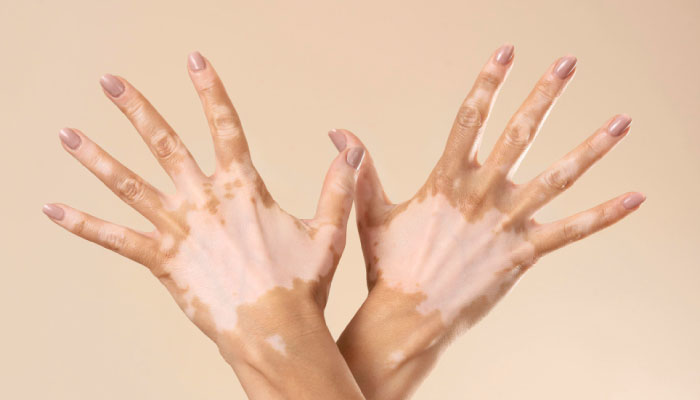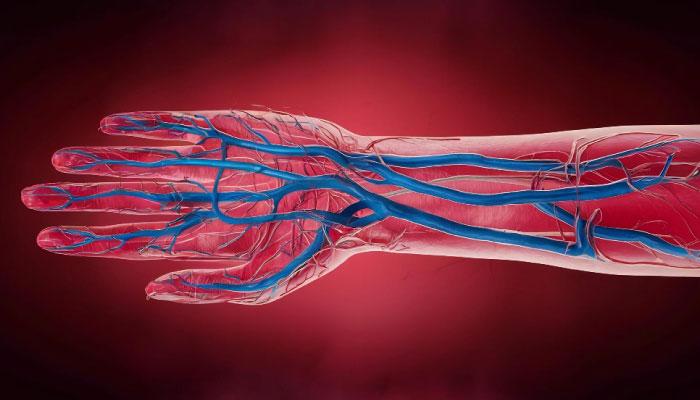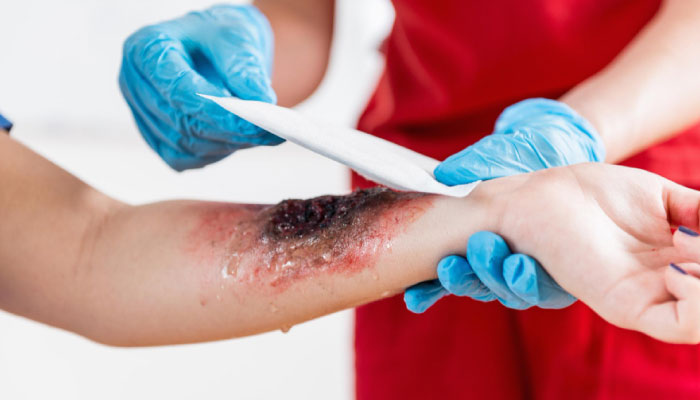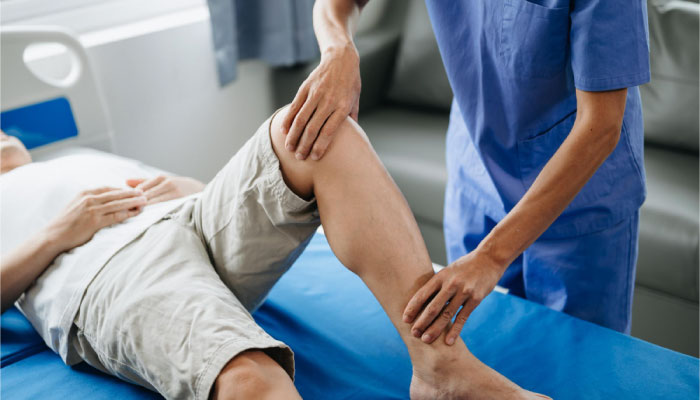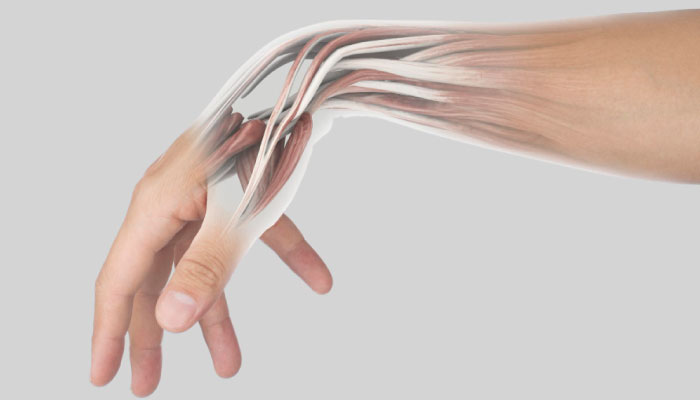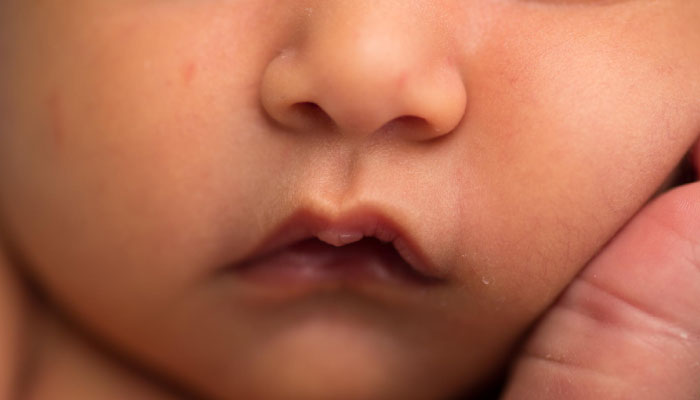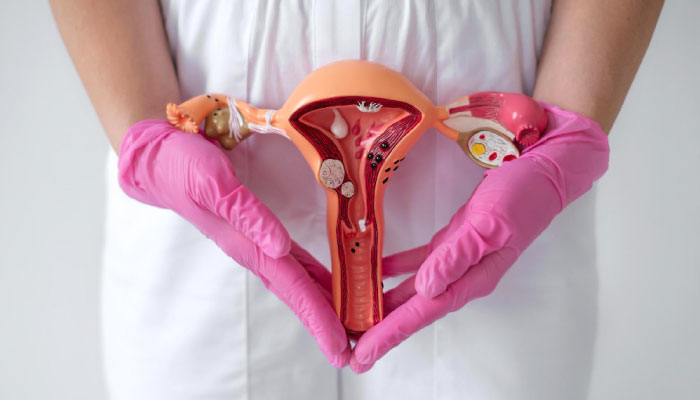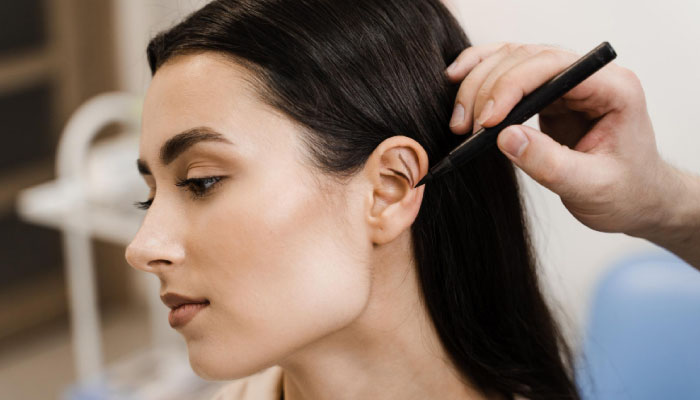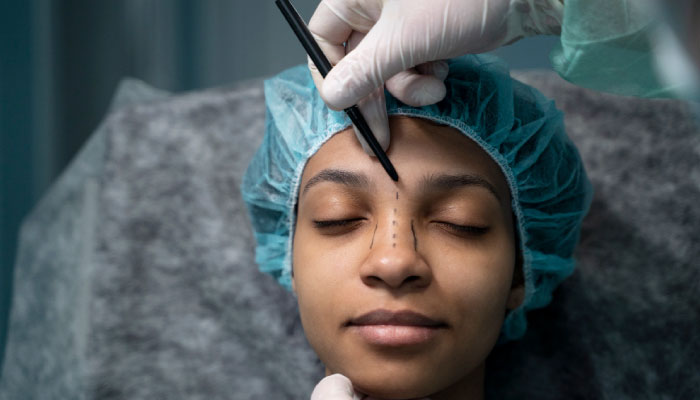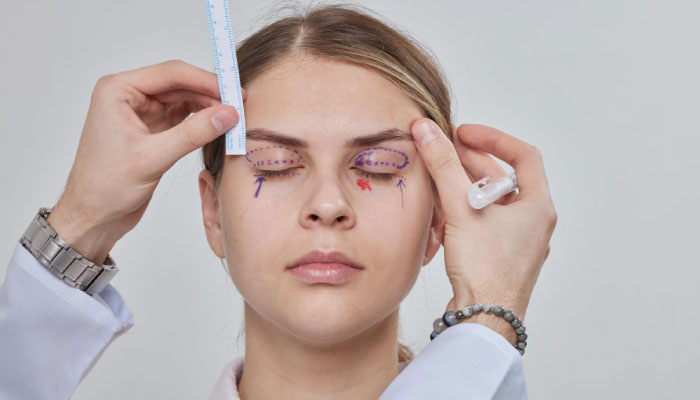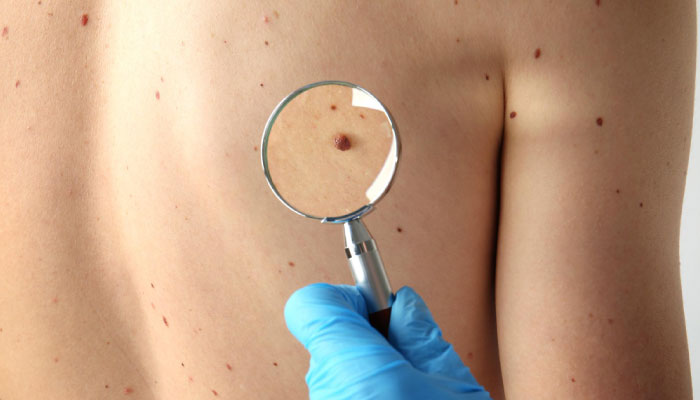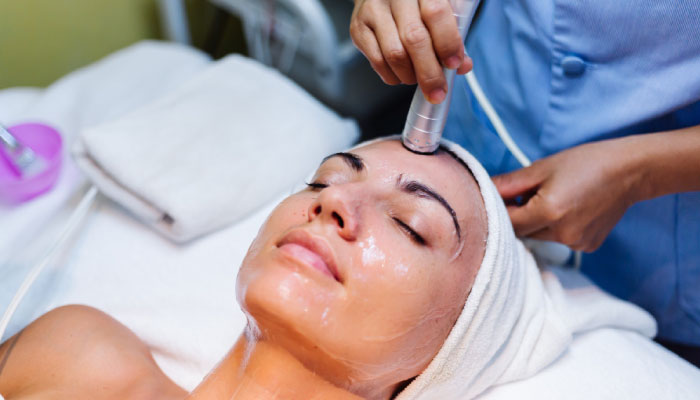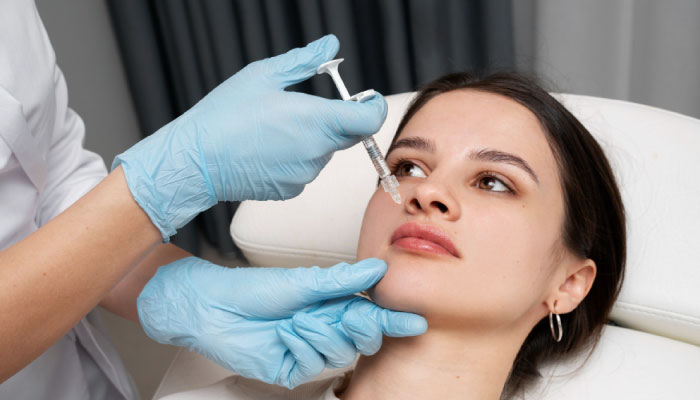Helping Children Thrive with Confidence
Congenital hand and foot differences can affect not just appearance but also function. With early, safe correction, children can grow up with improved mobility, confidence, and quality of life.
Polydactyly (Extra Fingers or Toes)
Polydactyly is a condition where a child is born with extra fingers or toes.
Why Correction is Important:
- Restores normal hand/foot function
- Improves ability to wear shoes comfortably
- Prevents teasing and boosts self-confidence
The Procedure:
Surgical removal of the extra digit, usually performed in infancy or early childhood.
Results You Can Expect:
- Normalized hand/foot appearance
- Full function preserved
- Permanent correction with minimal scarring
Syndactyly (Fused Fingers or Toes)
Syndactyly occurs when two or more digits are fused together.
Why Correction is Important:
- Restores finger separation for better hand use
- Improves fine motor skills and dexterity
- Enhances appearance and confidence
The Procedure:
Surgery involves carefully separating fused digits, sometimes with skin grafts to ensure natural movement.
Results You Can Expect:
- Independent finger/foot movement
- Improved grip and function
- Symmetrical, natural look
Who Should Avoid Immediate Surgery?
- Children with active infections
- Babies not medically stable for anesthesia (surgery may be delayed)
FAQs
Q1: At what age is surgery best done?
Usually between 1–2 years for best outcomes in function and healing.
Q2: Will my child need physiotherapy?
Sometimes—especially after syndactyly correction to improve finger mobility.
Q3: Are results permanent?
Yes. Once corrected, the condition does not recur.
Book a Consultation
Early treatment can make all the difference. Speak with our specialists today to plan the best approach for your child’s hand or foot correction.

